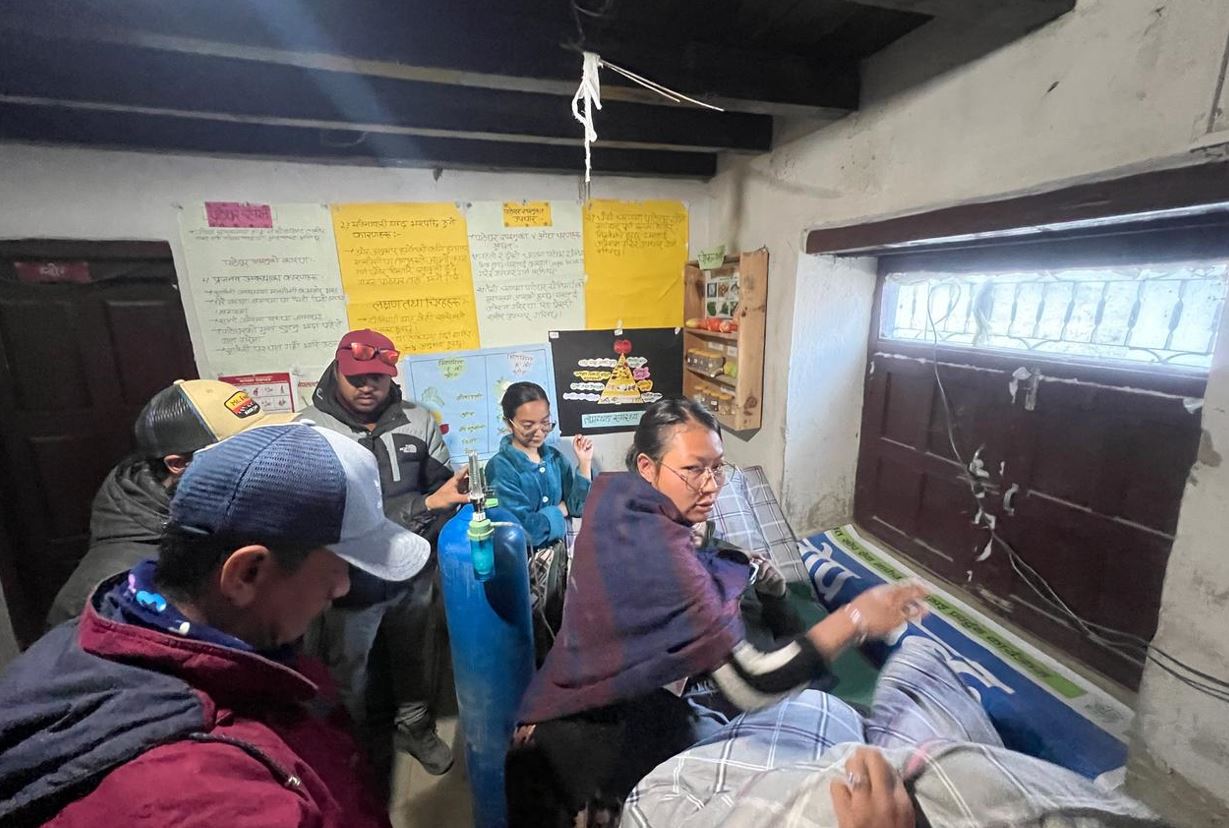
SATV July 20, 2025, KAthmandu: A total of 13 domestic and foreign tourists lost their lives due to altitude sickness while visiting Mustang in the fiscal year 2024/2025 (2081/82).
According to the District Police Office, eight foreigners and five Nepalis died due to altitude sickness during the autumn and spring seasons.
Among the Nepalis who died, four were male and one was a female. The deceased foreigners included five men and three women.
Police Information Officer Bishal Adhikari said the tourists died either en route or during treatment after falling seriously ill in high-altitude areas.
Of the eight foreign nationals, seven were Indian and one was an American citizen. Except for two Nepali men who died near Damodar Kunda in Lo-Ghekar Damodar Kunda Rural Municipality-4, all other Nepali and Indian tourists died while visiting or returning from the Muktinath temple located in Baragung Muktikshetra Rural Municipality-1.
The fatalities occurred across three local levels -- five in Muktinath (Baragung Muktikshetra-1), four in Jomsom (Gharpajhong-4), and two in Thasang Rural Municipality. All deaths took place in the lower Mustang.
More than 40 other tourists fell seriously ill due to altitude sickness last year but were rescued and returned home after treatment. Minor cases were treated with first aid, while more serious ones received care at the provincial hospital in Jomsom.
Except for one 40-year-old woman from Myagdi, all others who died were between 58 and 83 years old. Elderly people, those with chronic illnesses, are more vulnerable to altitude sickness in Mustang’s harsh weather.
Records show that six tourists died from altitude sickness in 2021/22 (2078/79), 12 in 2022/23 (2079/80) and 14 in 2023/24 (2080/81).
To address this, the District Administration Office has launched awareness and health screening campaigns in coordination with local governments, police, ACAP, and health institutions from Mustang’s border to its upper regions.
Chief District Officer Bishnu Prasad Bhusal said coordination with neighbouring Myagdi district has helped identify high-risk areas and monitor tourists' health at checkposts.
CDO Bhusal added, “Altitude sickness remains the biggest risk for tourists in Mustang. While awareness can save lives, it is equally important to increase health services and emergency response tools.”
He said discussions are ongoing to set up health screening centres in all five municipalities and to add more health equipment and ambulances.
Altitude sickness occurs when the oxygen level drops at elevations above 2,500 metres. Early symptoms include mild headaches, fatigue and dizziness. More severe signs are difficulty walking, shortness of breath, nausea and diarrhoea. In such cases, doctors advise rest, hydration and immediate descent to lower altitudes. Without a timely response, the risk of brain or lung swelling increases.



















